Most people think that if they’ve seen one violet, they’ve seen them all. The typical heart-shaped (cordate) leaves, purple blooms, sometimes white, sometimes speckled. They show up even when people don’t want them too. Personally I don’t understand that part – why buy a ground cover when a perfectly good native groundcover exists? I guess they’re so easy, too easy, it’s not “special” anymore, right?
There are so many violets out there. I have at least three that I’ve been able to identify on my property, potentially four if you consider subspecies or varieties. I also like to collect as many native species of a genus as possible, and violets are one that I’ve been working on adding. They’re such an underrated plant, and look wonderful en-masse. In any case, if you’re bored with the way-too-common violets, maybe these will pique your interest?
The ones in the photo are still young, grown from seed in 2025. The lobes on the leaves become even more pronounced with age.
Find the trilobed wood violet in the wild
Habitats consist of upland woodlands, rocky open woodlands, wooded slopes, riverbanks, and thinly wooded bluffs. In these habitats, oaks are often dominant as canopy trees. Three-Lobed Violet is usually found in higher quality woodlands where the original ground flora is still intact. (Source)
Even if you’ve never seen these before, the triple-lobed or trilobed wood violet is native to this region.
Grow the trilobed wood violet in your garden
To help it feel most at home, you will want to plant this in part sun to dappled shade. I’d consider planting them among sedges and other low-growing woodland plants. When you leave the leaves, make sure you keep the leaves somewhat thin where they grow. They don’t like too much competition from taller plants, and they don’t like having leaves dumped on top of them. You should still use leaf mulch, just be sure to carefully tuck leaves under the stems of plants that are present. Soil should be well amended with organic matter, and preferably sandy/loamy (like kinetic sand). If you’ve been successful in making it happy, it should reseed for you in that area and fill in.

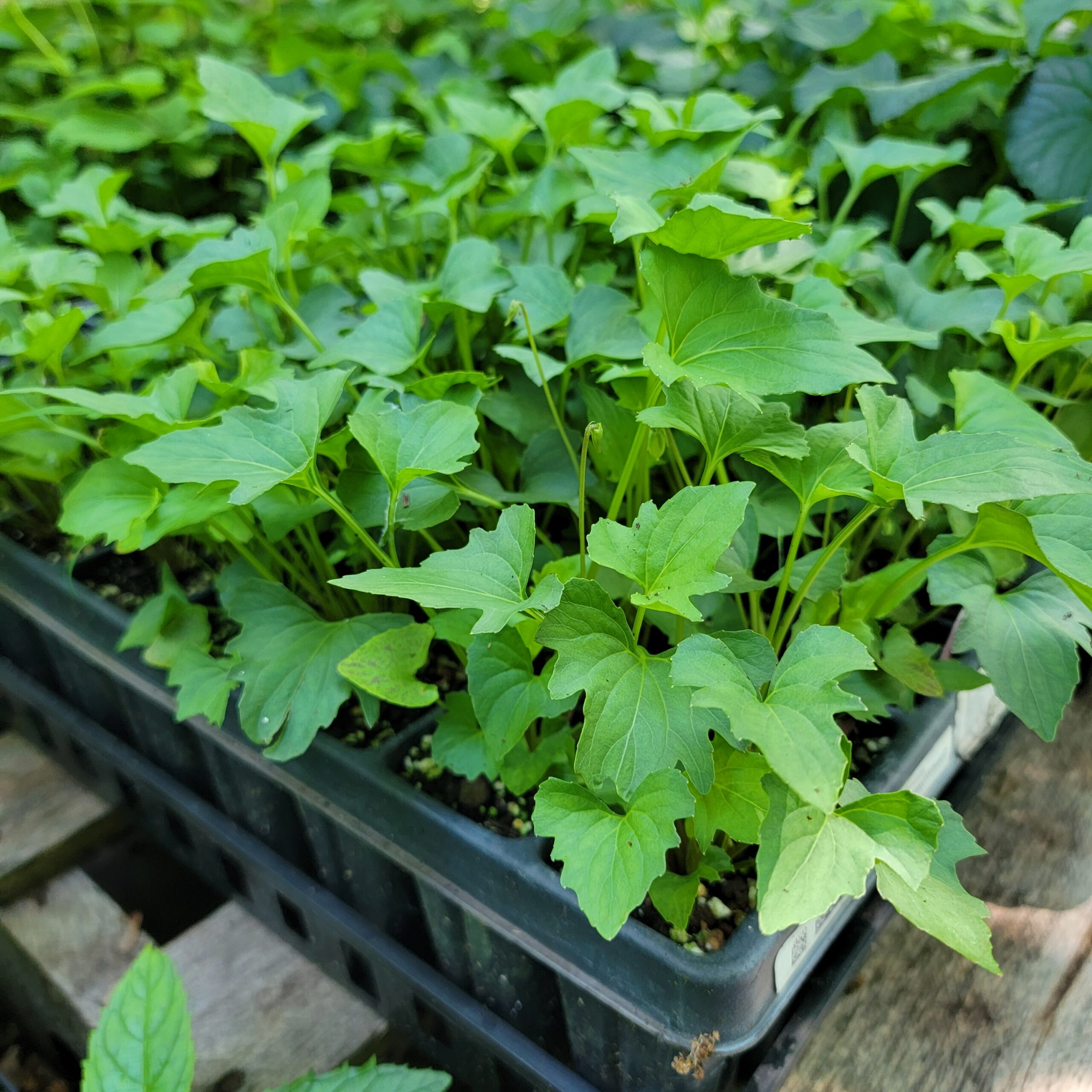
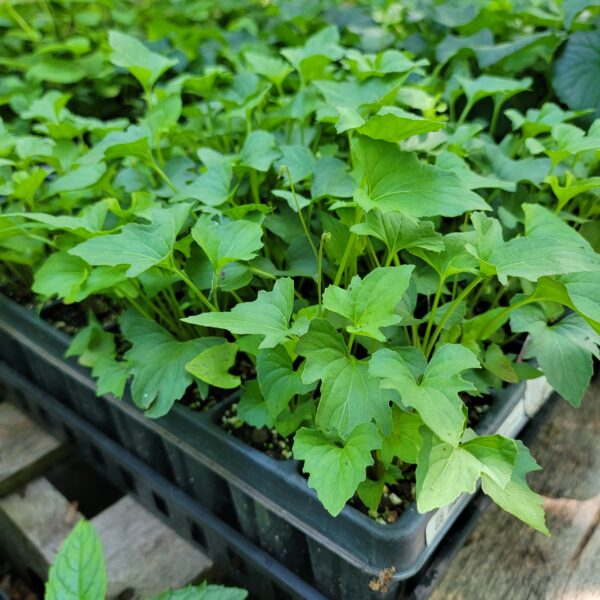


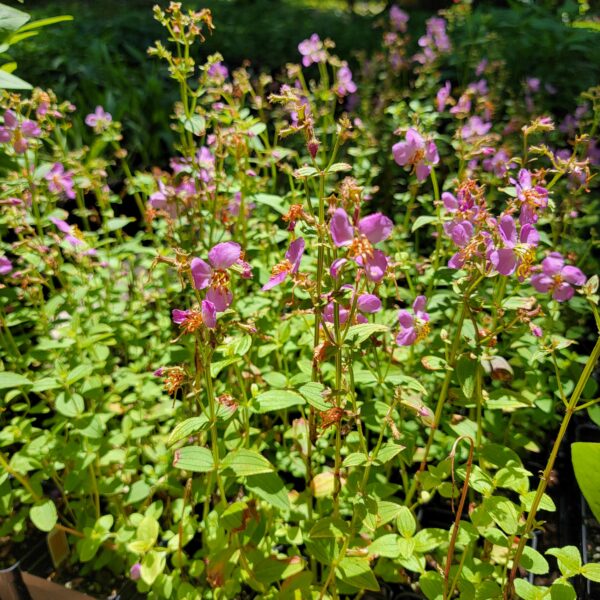


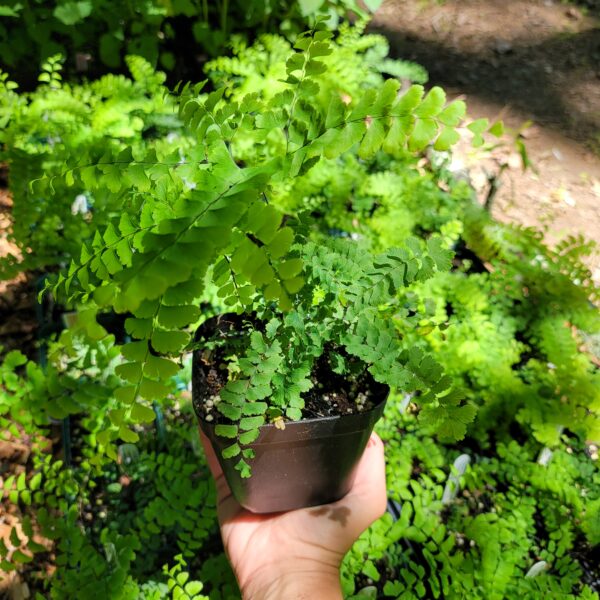
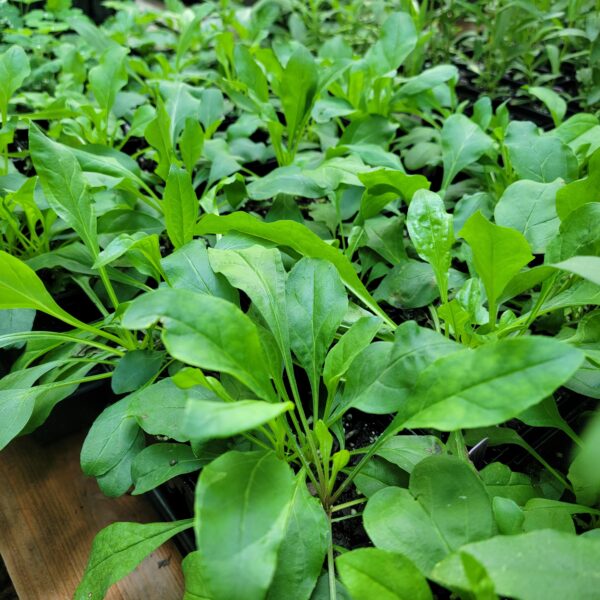




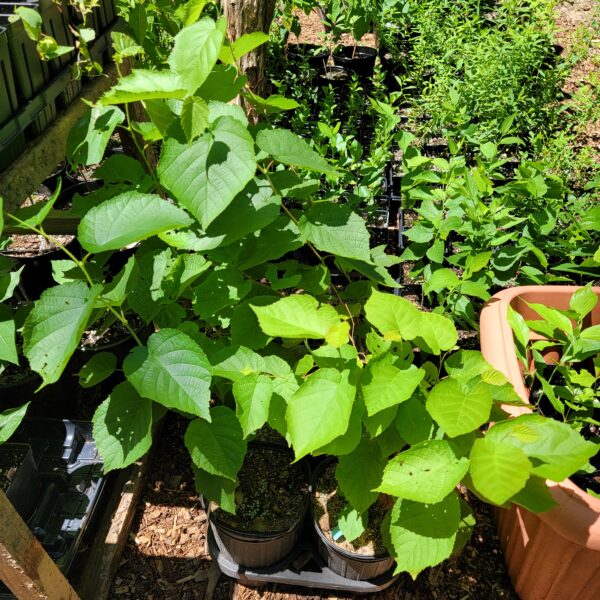

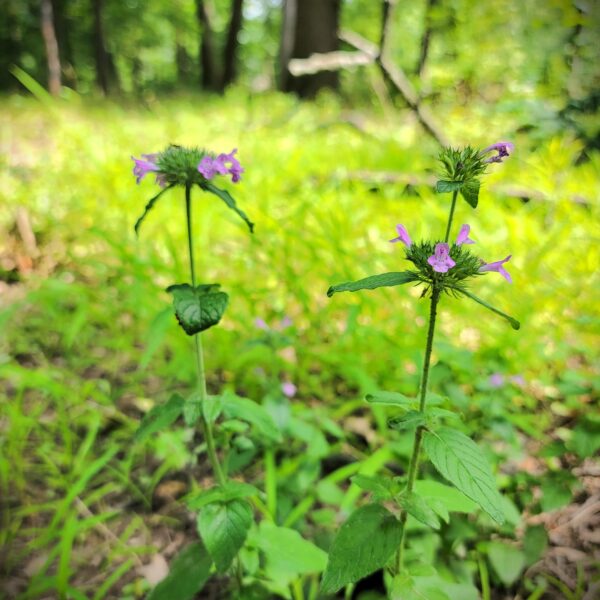



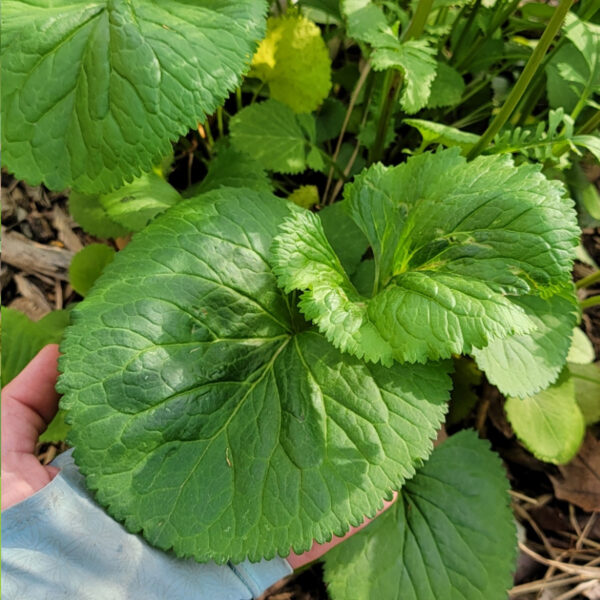


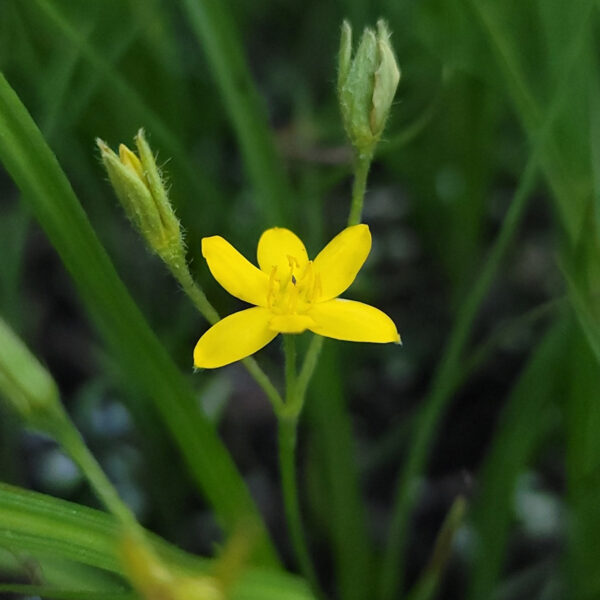
Reviews
There are no reviews yet.